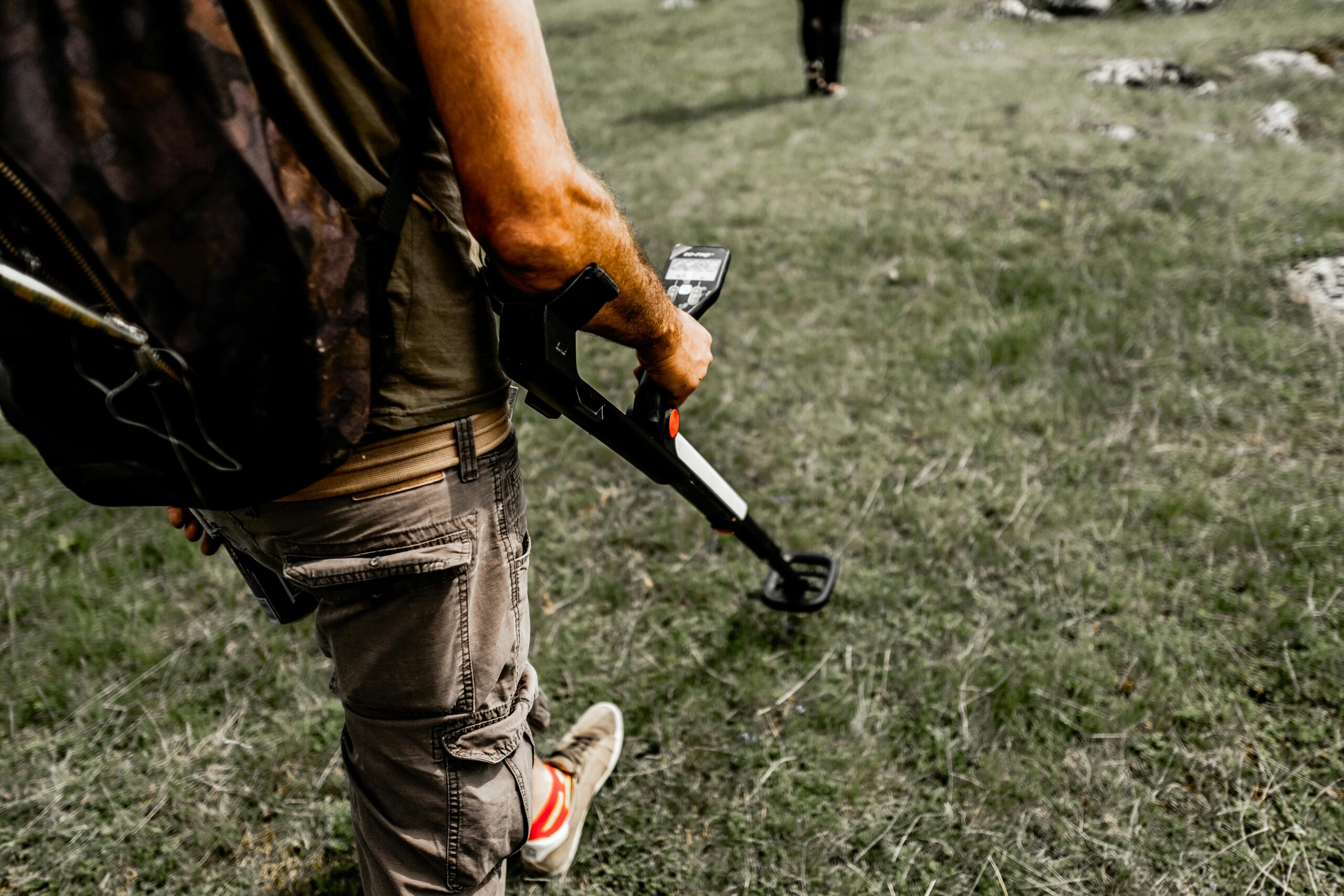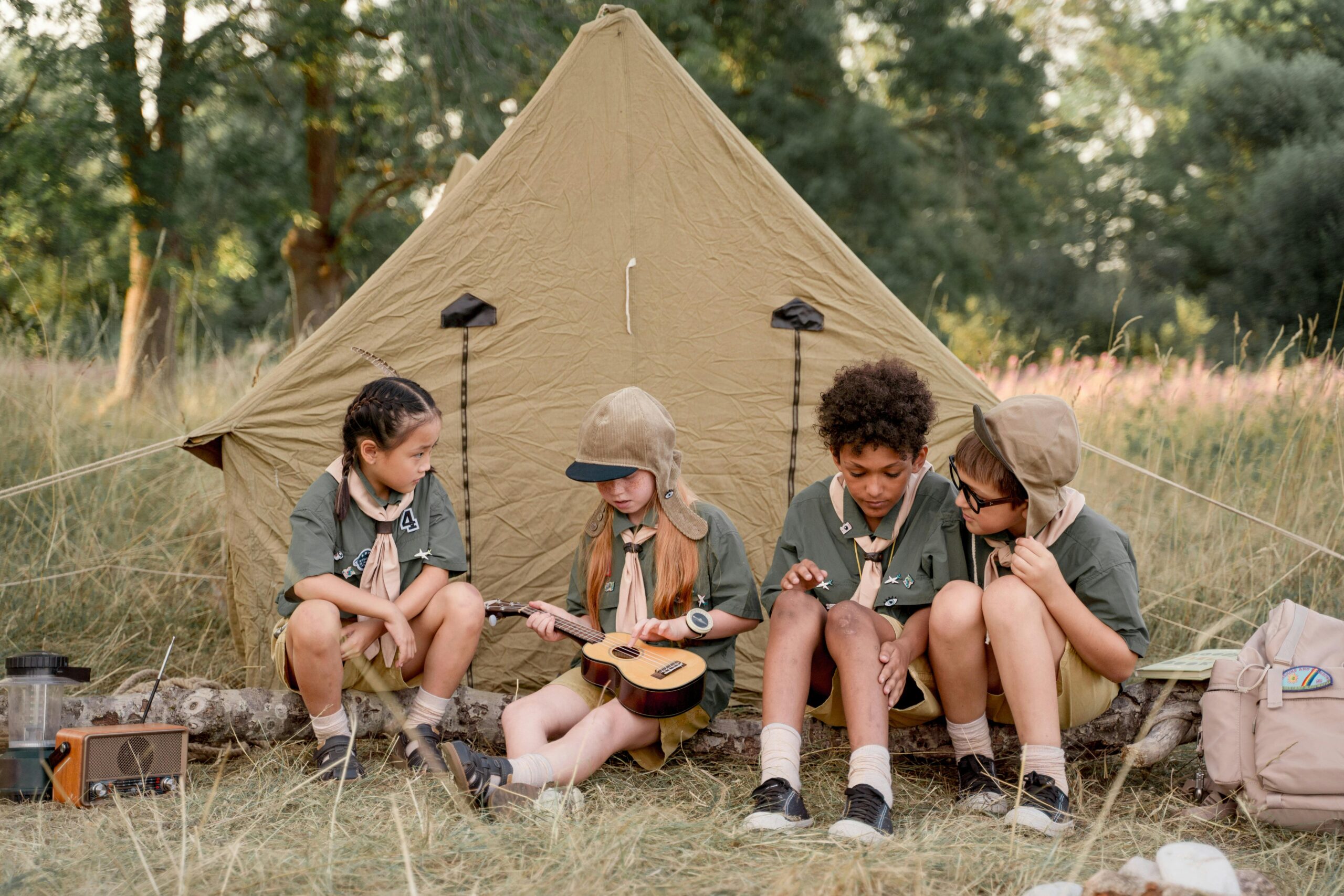Trail Renegades: Redefining Backcountry Etiquette and the Leave No Trace Revolution
Introduction
As a nature photographer and wildlife enthusiast, I’ve had the privilege of venturing into some of the most pristine and rugged landscapes our planet has to offer. However, with the increasing popularity of backcountry exploration, it’s more crucial than ever to blend our adventurous spirits with a deep respect for the natural world. Welcome to the world of Trail Renegades, where radical navigation tips meet uncompromising Leave No Trace principles. Let’s dive into how you can hike with attitude while respecting nature like never before.
Embracing the Leave No Trace Principles
The foundation of our backcountry etiquette lies in the Leave No Trace Seven Principles. These guidelines are not just rules; they are a framework for minimizing our impact on the environment.
Plan Ahead and Prepare
Before you embark on your adventure, know the regulations and special concerns of the area you’ll be visiting. Prepare for extreme weather, hazards, and emergencies. Repackage food to minimize waste, and use a map and compass to avoid marking the terrain.
Travel and Camp on Durable Surfaces
Stick to established trails and campsites. Avoid riparian areas and keep campsites small to minimize impact. In pristine areas, disperse your use to prevent the creation of new trails and campsites.
Dispose of Waste Properly
Pack it in, pack it out. Ensure you inspect your campsite for any trash or spilled food. Deposit solid human waste in catholes dug 6 to 8 inches deep, at least 200 feet from water, camp, and trails. Pack out toilet paper and hygiene products.
Leave What You Find
Preserve the past by not touching cultural or historic structures and artifacts. Leave rocks, plants, and other natural objects as you find them. Avoid introducing or transporting non-native species.
Minimize Campfire Impacts
Use lightweight stoves for cooking and candle lanterns for light. Where fires are permitted, use established fire rings and keep fires small. Burn all wood and coals to ash, and scatter cool ashes.
Respect Wildlife
Observe wildlife from a distance and never feed animals. Protect your food and trash to avoid attracting wildlife. Control pets at all times or leave them at home.
Be Considerate of Other Visitors
Respect other visitors and protect the quality of their experience. Be courteous, yield to other users on the trail, and take breaks away from trails and other visitors.
Radical Navigation Tips for the Modern Explorer
While adhering to Leave No Trace principles, you can still navigate the backcountry with a rebellious spirit.
Use Technology Wisely
Leverage GPS devices and apps like Strava to navigate trails without marking the terrain. However, always carry a map and compass as a backup.
Choose Alternative Routes
Sometimes, the most scenic routes are not the most popular ones. Explore lesser-known trails to reduce your impact and discover hidden gems.
Pack the Right Gear
Ensure you have the necessary gear to minimize your impact. This includes Wag Bags for waste disposal, biodegradable soap, and the 10 essentials for safety.
Photography Tips for Capturing the Wilderness
As a nature photographer, capturing the beauty of the backcountry while leaving no trace is a challenge and an opportunity.
Shoot from a Distance
Respect wildlife by observing from a distance. Use telephoto lenses to capture stunning images without disturbing your subjects.
Use Natural Light
Take advantage of the golden hour and overcast skies to capture dramatic landscapes without the need for artificial lighting.
Minimize Footprint
When setting up your camera gear, avoid damaging vegetation or disturbing the natural environment. Use existing trails and avoid creating new paths.
Conclusion
Being a Trail Renegade isn’t about breaking rules; it’s about embracing a new wave of backcountry exploration that respects the natural world. By adhering to Leave No Trace principles and using radical navigation tips, you can ensure that the wilderness remains pristine for future generations.
So, the next time you lace up your hiking boots and grab your camera, remember: “Discover the wild, one frame at a time—explore, capture, and protect the beauty of our natural world!”










